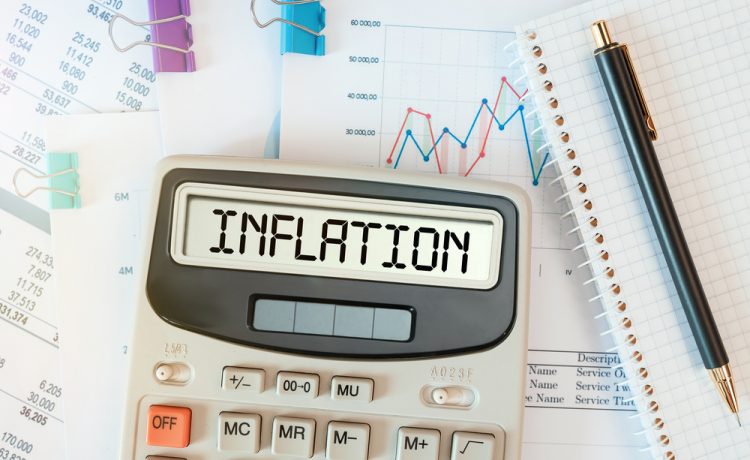MSCI’s broadest index of Asia-Pacific shares outside Japan was 0.1% higher, Nikkei shed 0.87%, Australian shares jumped 0.42%, while Chinese blue-chips lost 0.28%
Asian shares were mixed on Thursday, while the dollar slipped as global investors assessed that strong U.S. inflation data was not worrying enough to change the Federal Reserve’s already hawkish rates outlook.
While the U.S. consumer price index rose 7% in the 12 months through December, the biggest annual increase in nearly 40 years, investors were reassured by the fact that the jump was not a surprise, as the Fed looks set to raise rates as soon as March.
Markets in Asia, where inflation pressures have generally been more subdued in major economies, could offer attractive risk hedging opportunities, said Jim McCafferty, Nomura’s joint head of APAC equity research.
If you are a global investor and you’ve seen very significant stock market gains in the U.S. during 2021, if you are seeing inflation as a threat then a lot of investors may be tempted to reallocate funds away from developed equity markets in the West into the mix of developed and developing markets in East Asia, he said.
MSCI’s broadest index of Asia-Pacific shares outside Japan was 0.1% higher, after recording its biggest daily gain in a month on Wednesday.
Japan’s Nikkei shed 0.87% after surging nearly 2% a day earlier. Australian shares jumped 0.42% while Chinese blue-chips lost 0.28%.
The uneven performance in Asia followed small gains on Wall Street overnight, with the S&P 500 gaining 0.28% and the Nasdaq Composite up 0.23%. The Dow Jones Industrial Average added 0.11%.
While longer-dated U.S. yields dipped after Wednesday’s inflation data, Fed fund futures are pricing in nearly four rate hikes this year. Some analysts say that there could still be room for a more aggressive rate hike schedule.
Our expectation for sustained cyclical price pressures means that we think the Fed will continue to tighten policy into 2023 by more than investors currently anticipate, Jonathan Petersen, markets economist at Capital Economics said in a note, adding that he expected the U.S. 10-year yield to reach 2.25% by year-end, and 2.75% by the end of 2023.
On Thursday, the U.S. 10-year yield inched up to 1.7499% after dropping on Wednesday to close at 1.725%. The policy-sensitive 2-year yield was up at 0.9229% from Wednesday’s close of 0.907%.





